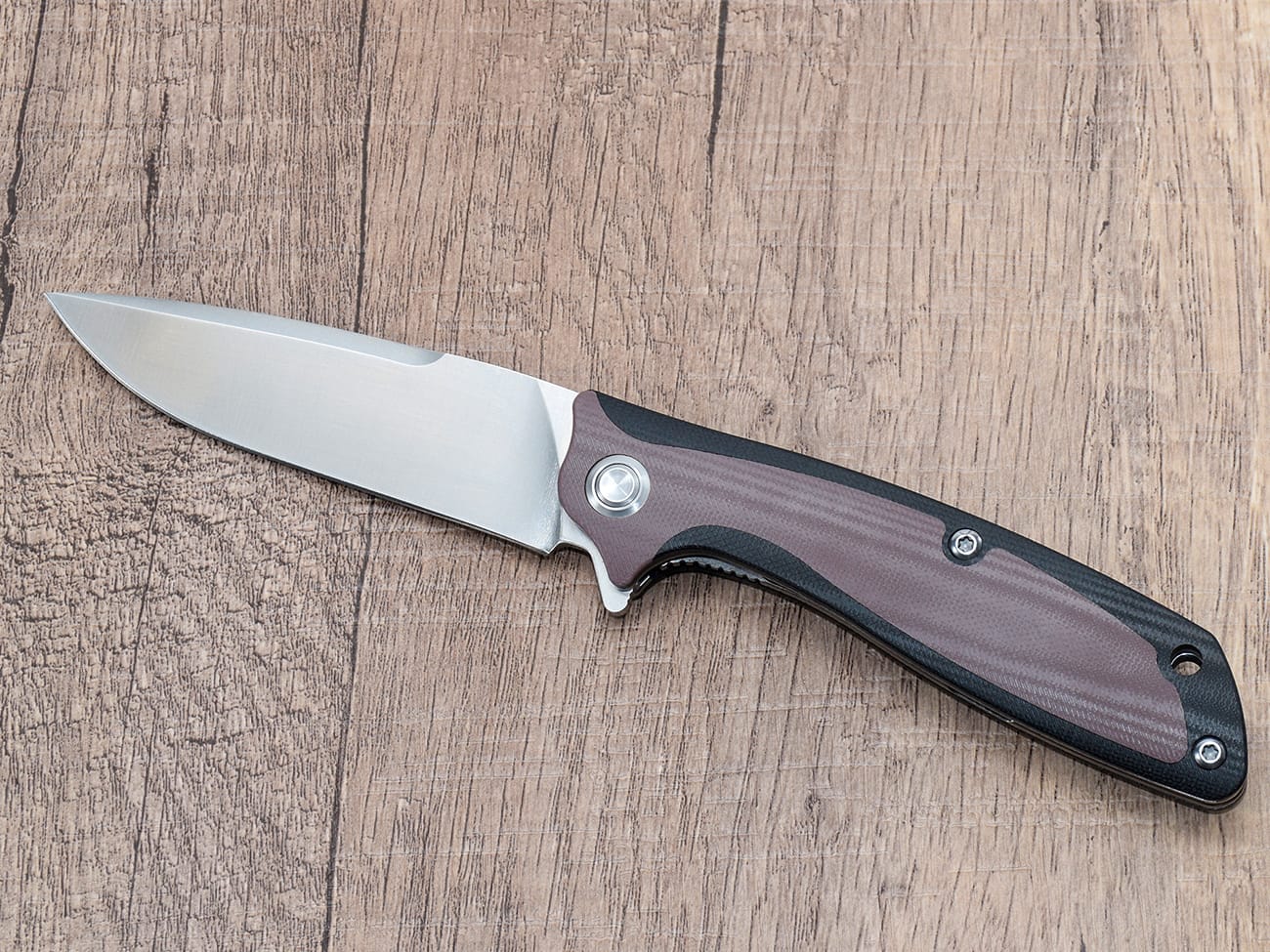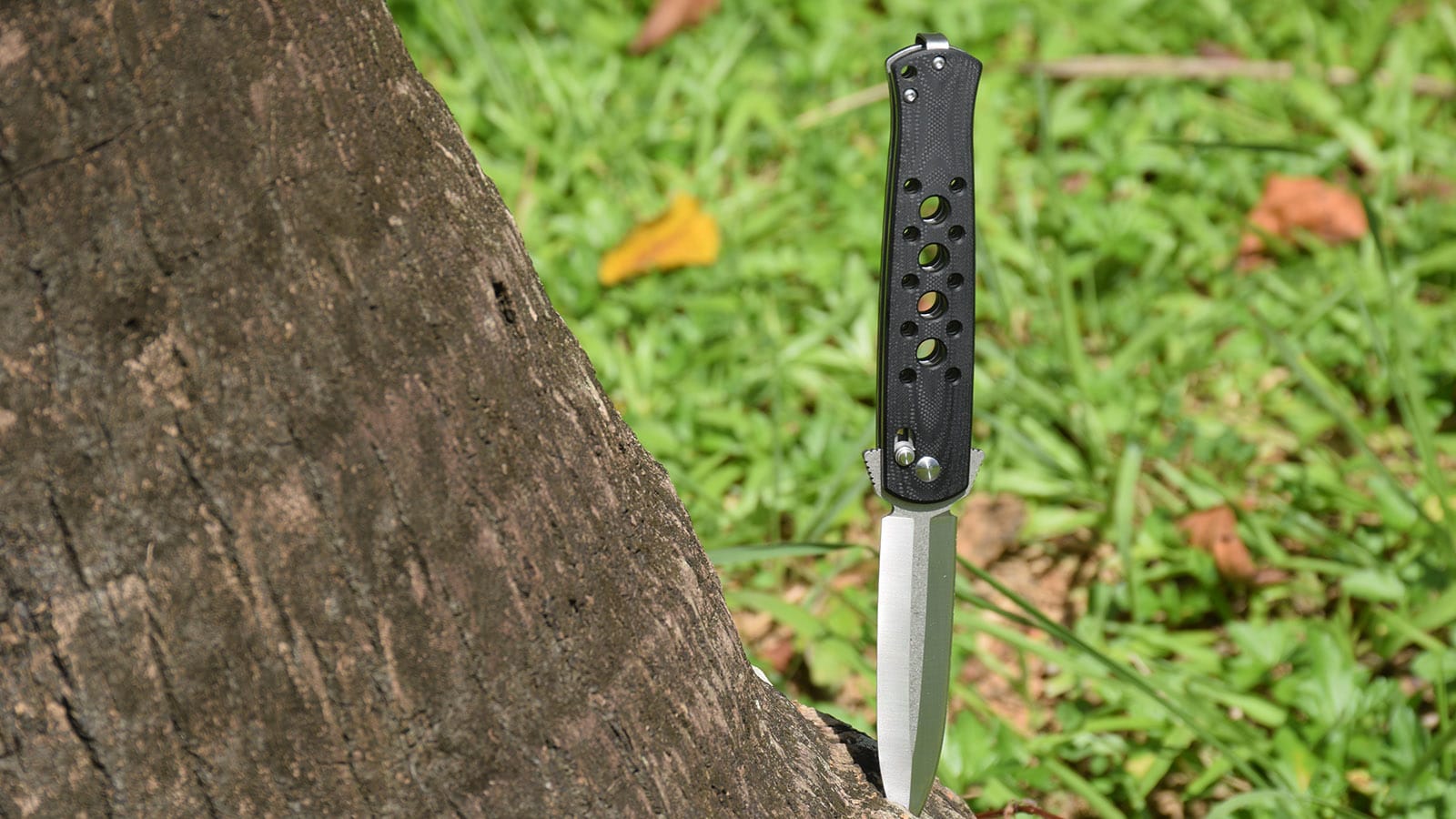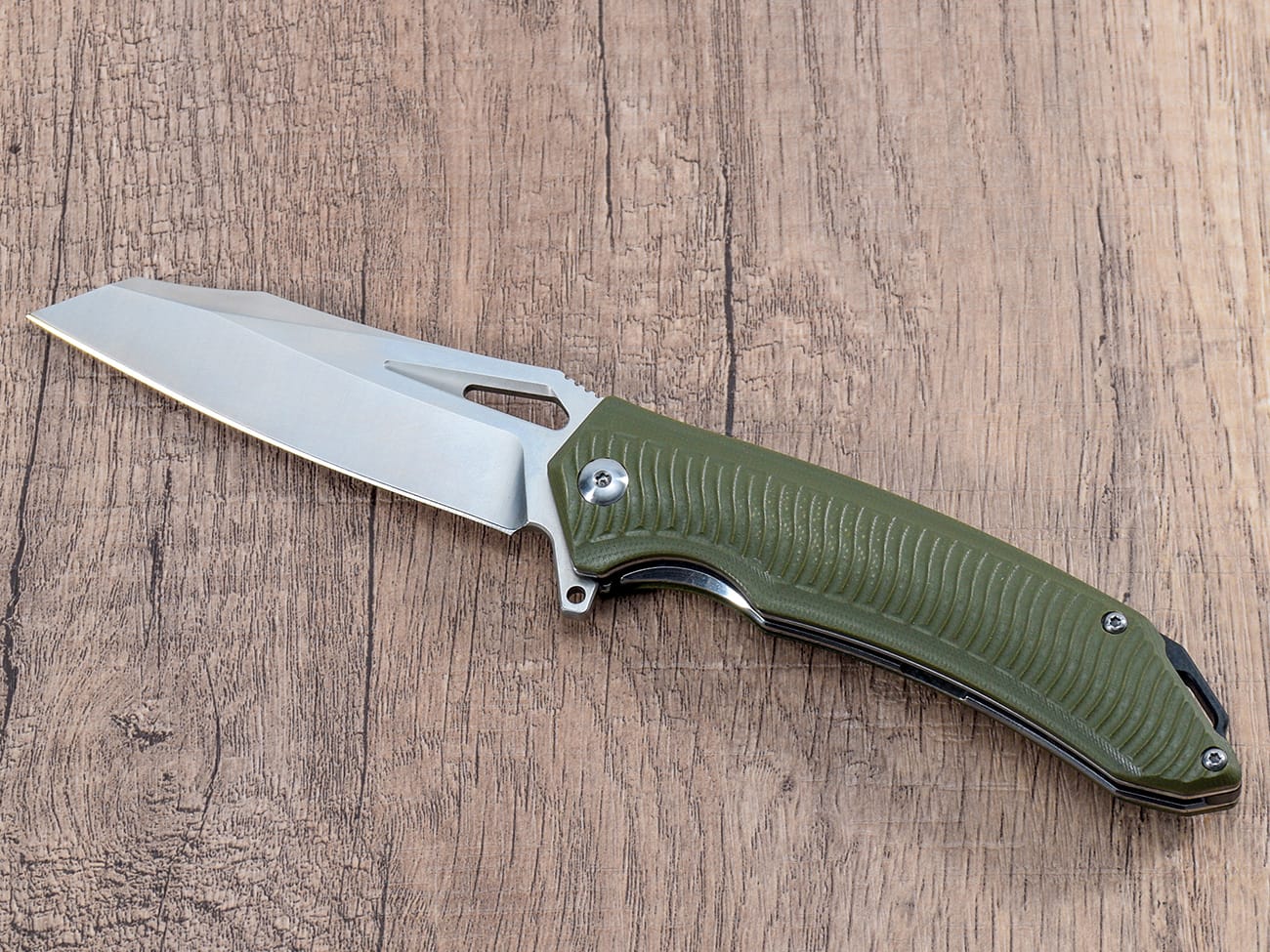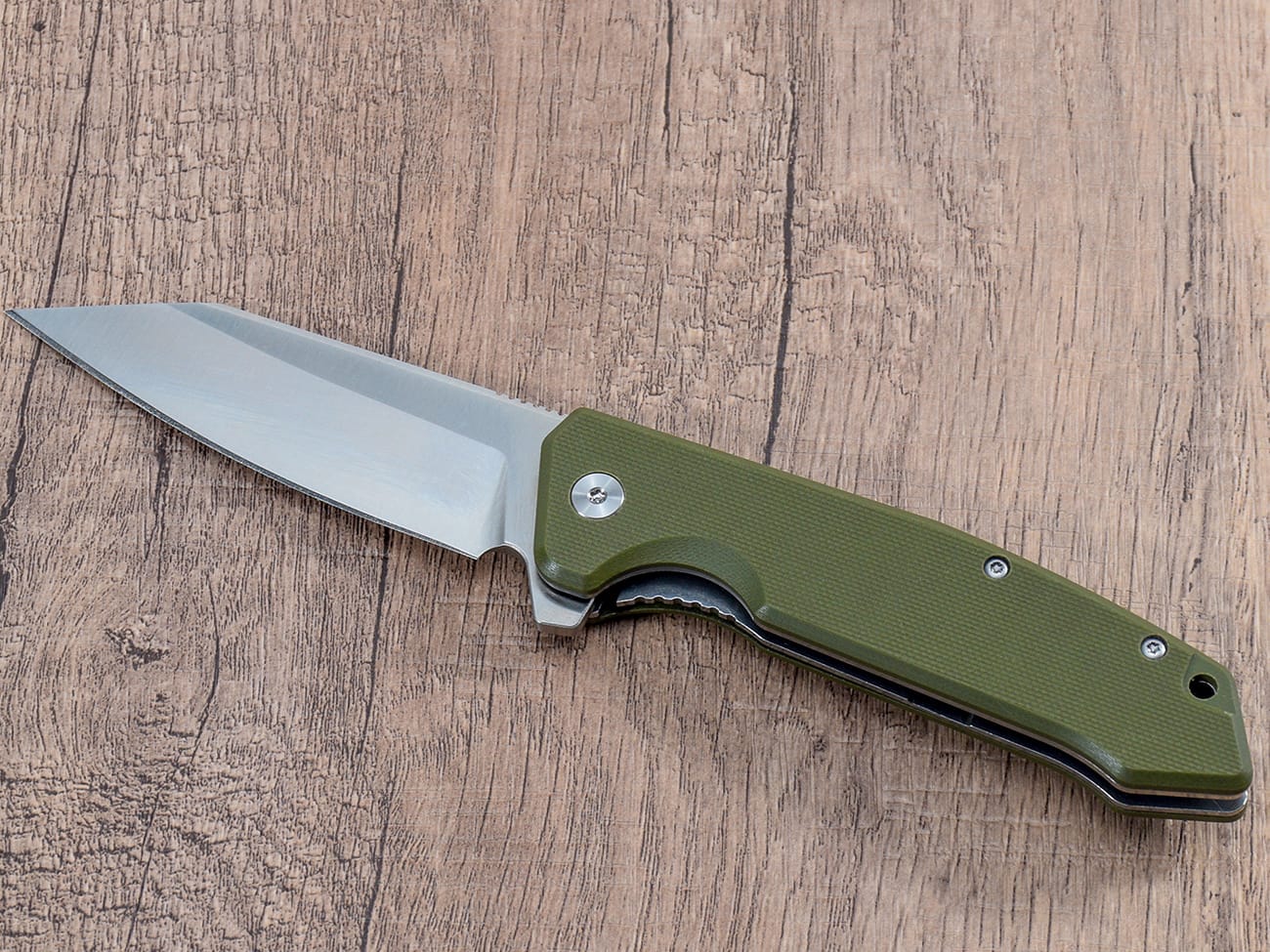Are you a knife enthusiast looking to understand the intricacies of blade materials? Or perhaps you’re in the market for a new pocket knife and want to make an informed decision? Either way, you’ve come to the right place. In this comprehensive guide, we’ll dive deep into the world of high-hardness steel and explore how it impacts the performance and durability of pocket knives. By the end of this article, you’ll have a clear understanding of whether a harder steel blade is the right choice for your needs.
What Makes a Steel “Hard” and Why Does It Matter?
Before we dive into the advantages and disadvantages of high-hardness steel, it’s crucial to understand what we mean by “hardness” in the context of knife blades. Hardness is a measure of a material’s resistance to deformation under pressure. In the knife world, this translates to how well a blade can maintain its edge and resist wear.The hardness of steel is typically measured using the Rockwell C scale (HRC). Most pocket knives fall within the range of 55-65 HRC, with higher numbers indicating harder steel. But why does this matter for your everyday carry knife?
The Allure of Hard Steel: Advantages That Cut Deep
1. Superior Edge Retention: Slice and Dice for Longer
One of the primary benefits of high-hardness steel is its exceptional edge retention. A harder blade can maintain its sharpness for much longer periods, even under heavy use. This means less frequent sharpening and more time enjoying your knife’s peak performance.
“A knife made with high-hardness steel like M390 can hold an edge up to 5 times longer than softer steels,” says John Doe, a renowned knife maker with 20 years of experience.
2. Increased Wear Resistance: Built to Last
Harder steels are more resistant to abrasion and wear. This translates to a blade that can withstand tough cutting tasks without showing signs of damage or dulling quickly. For outdoor enthusiasts and those who put their knives through rigorous use, this durability is a game-changer.
3. Precision Cutting: Surgical Sharpness
High-hardness steels can be ground to extremely fine edges, allowing for incredibly precise cuts. This makes them ideal for tasks that require a scalpel-like sharpness, such as detailed woodcarving or precision cutting in various crafts.
4. Corrosion Resistance: Fighting the Elements
Many high-hardness steels used in modern pocket knives, such as M390, Maxamet, and S110V, also offer excellent corrosion resistance. This means your blade is less likely to rust or stain, even in harsh environments.
5. Value for Money: Long-Term Investment
While knives with high-hardness steel blades often come with a higher price tag, their longevity and performance can make them a cost-effective choice in the long run. You’re investing in a tool that will serve you well for years to come.
The Double-Edged Sword: Drawbacks of High-Hardness Steel
1. Increased Brittleness: Handle with Care
The primary drawback of high-hardness steel is its increased brittleness. Harder steels are more prone to chipping or breaking when subjected to lateral stress or impact. This makes them less suitable for heavy-duty tasks like prying or chopping.
2. Challenging to Sharpen: A Test of Patience and Skill
While high-hardness steel retains its edge longer, it can be significantly more difficult to sharpen when the time comes. This often requires specialized sharpening tools and techniques, which can be a barrier for some users.
“Sharpening a knife made of super-hard steel like Maxamet can take up to 3 times longer than sharpening a blade made of more common steels like 440C,” notes Sarah Smith, a professional knife sharpener.
3. Higher Cost: Premium Performance Comes at a Price
Knives featuring high-hardness steel blades are typically more expensive than those made with softer steels. This higher initial cost can be a significant factor for many buyers, especially those new to the world of premium pocket knives.
4. Limited Toughness: Not Ideal for All Tasks
While hard steels excel in edge retention and wear resistance, they often sacrifice toughness. This means they may not be the best choice for tasks that involve twisting or prying, as the blade could chip or break under such stress.
5. Potential for Rust: Not All Hard Steels are Stainless
Some high-hardness steels, particularly those with high carbon content, may be more susceptible to rust and corrosion. This requires more diligent maintenance to keep the blade in top condition.
Finding the Balance: Choosing the Right Steel for Your Needs
When selecting a pocket knife, it’s essential to consider your intended use and personal preferences. Here are some factors to keep in mind:
- Intended Use: Will you be using your knife for everyday tasks, outdoor adventures, or specialized applications?
- Maintenance: Are you willing to put in the extra effort to maintain and sharpen a high-hardness steel blade?
- Budget: How much are you willing to invest in a premium knife?
- Environment: Will you be using your knife in corrosive environments that require high rust resistance?
Popular High-Hardness Steels for Pocket Knives
Let’s take a look at some of the most popular high-hardness steels used in modern pocket knives:
| Steel Type | Hardness (HRC) | Edge Retention | Toughness | Corrosion Resistance |
|---|---|---|---|---|
| M390 | 60-62 | Excellent | Good | Excellent |
| S110V | 58-62 | Exceptional | Fair | Very Good |
| Maxamet | 65-67 | Unparalleled | Poor | Fair |
| D2 | 58-62 | Very Good | Good | Fair |
| 20CV | 60-62 | Excellent | Good | Excellent |
Making the Cut: Is High-Hardness Steel Right for You?
After exploring the pros and cons of high-hardness steel in pocket knives, you might be wondering if it’s the right choice for your next blade. Here are some scenarios where a high-hardness steel knife might be ideal:
- You prioritize edge retention and don’t want to sharpen your knife frequently
- You’re an enthusiast who appreciates premium materials and performance
- You use your knife for precision cutting tasks that benefit from a razor-sharp edge
- You’re willing to invest in a high-quality tool that will last for years
On the other hand, you might want to consider a knife with softer steel if:
- You need a tough blade that can withstand heavy use and potential abuse
- You’re on a tight budget and can’t justify the cost of a premium steel knife
- You prefer to sharpen your knife easily and frequently
- You’re new to knife ownership and want a more forgiving blade material
Caring for Your High-Hardness Steel Knife
If you decide to invest in a pocket knife with high-hardness steel, proper care and maintenance are crucial to ensure its longevity and performance. Here are some tips:
- Keep it clean: Regularly clean your knife with a mild soap and water, drying it thoroughly after each use.
- Oil the blade: Apply a thin layer of mineral oil or knife-specific lubricant to prevent rust and corrosion.
- Use appropriate sharpening tools: Invest in quality sharpening stones or systems designed for hard steels.
- Avoid prying: Remember that high-hardness steel is more brittle, so avoid using your knife for tasks it’s not designed for.
- Store properly: Keep your knife in a dry environment, preferably in a protective case or sheath.

A custom 9cr18mov stainless steel pocket knife with g10 handle – an excellent example of a high-performance blade
The Future of Knife Steel: Innovations on the Horizon
The world of knife steel is constantly evolving, with manufacturers and metallurgists always striving to create the perfect balance of hardness, toughness, and corrosion resistance. Some exciting developments to watch for include:
- Powder metallurgy: This advanced manufacturing process allows for more precise control of steel composition, resulting in blades with exceptional performance characteristics.
- Nano-steel: Researchers are exploring the potential of nanostructured steels, which could offer unprecedented combinations of hardness and toughness.
- Composite blades: Some knife makers are experimenting with laminated blades that combine the benefits of hard and tough steels in a single knife.
As these technologies continue to advance, we can expect to see even more impressive pocket knives hitting the market in the coming years.
Wrapping Up: The Cutting Edge of Pocket Knife Technology
High-hardness steel in pocket knives offers a range of benefits, from exceptional edge retention to precision cutting capabilities. However, it’s not without its drawbacks, including increased brittleness and challenges in sharpening. Ultimately, the choice between a high-hardness steel blade and a softer alternative comes down to your specific needs, preferences, and intended use.Whether you opt for a super-hard steel like Maxamet or a more balanced option like M390, understanding the properties of different steel types will help you make an informed decision and get the most out of your pocket knife.Remember, the best knife is the one that meets your needs and that you’ll carry and use regularly. So, take the time to consider your options, and don’t be afraid to reach out to knife experts or enthusiasts for advice. Happy knife hunting!
Key Takeaways:
- High-hardness steel offers superior edge retention and wear resistance.
- These steels can be more brittle and challenging to sharpen.
- Consider your intended use, maintenance willingness, and budget when choosing a knife steel.
- Popular high-hardness steels include M390, S110V, and Maxamet.
- Proper care and maintenance are crucial for high-hardness steel knives.
- The knife industry continues to innovate, with exciting developments in steel technology on the horizon.




